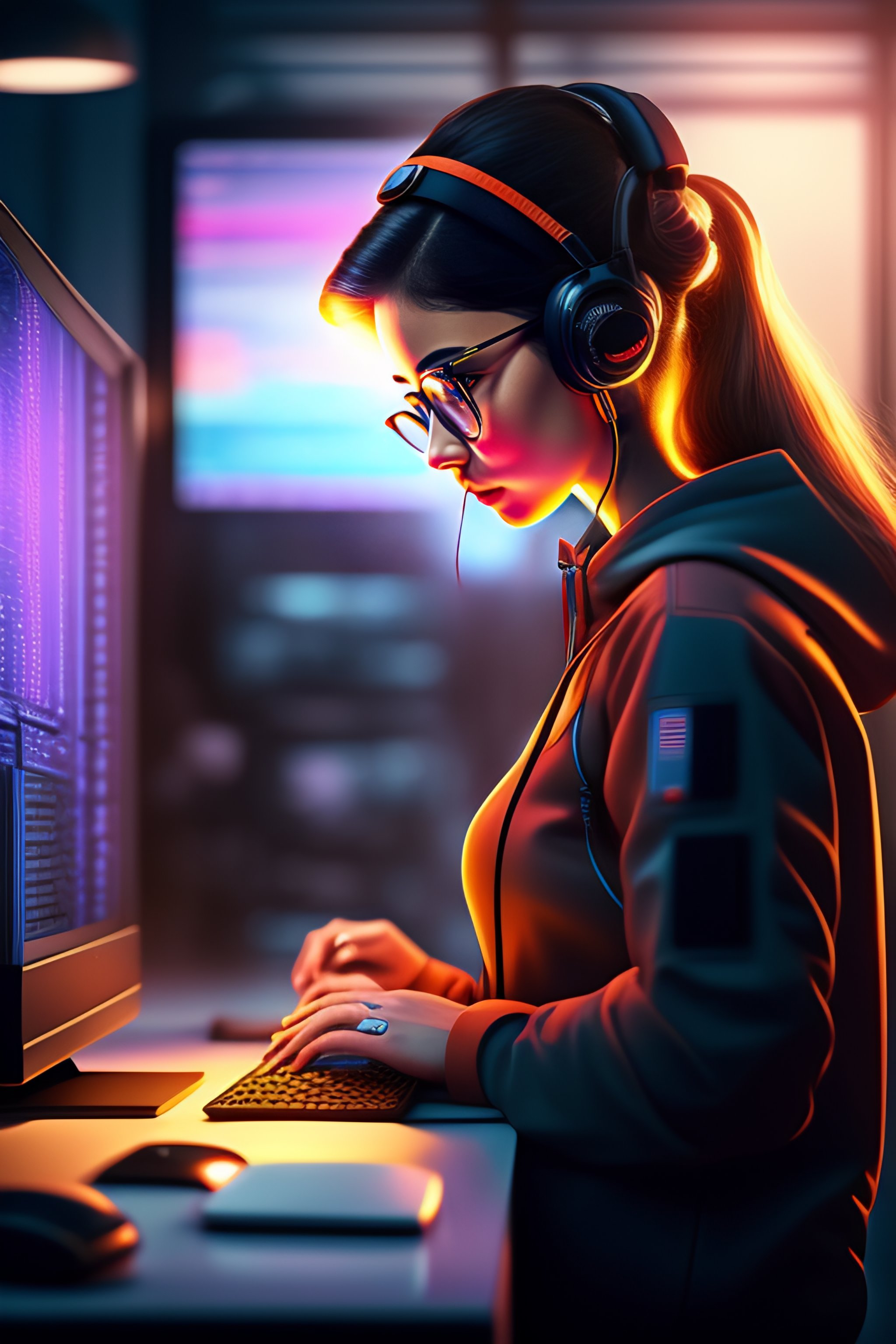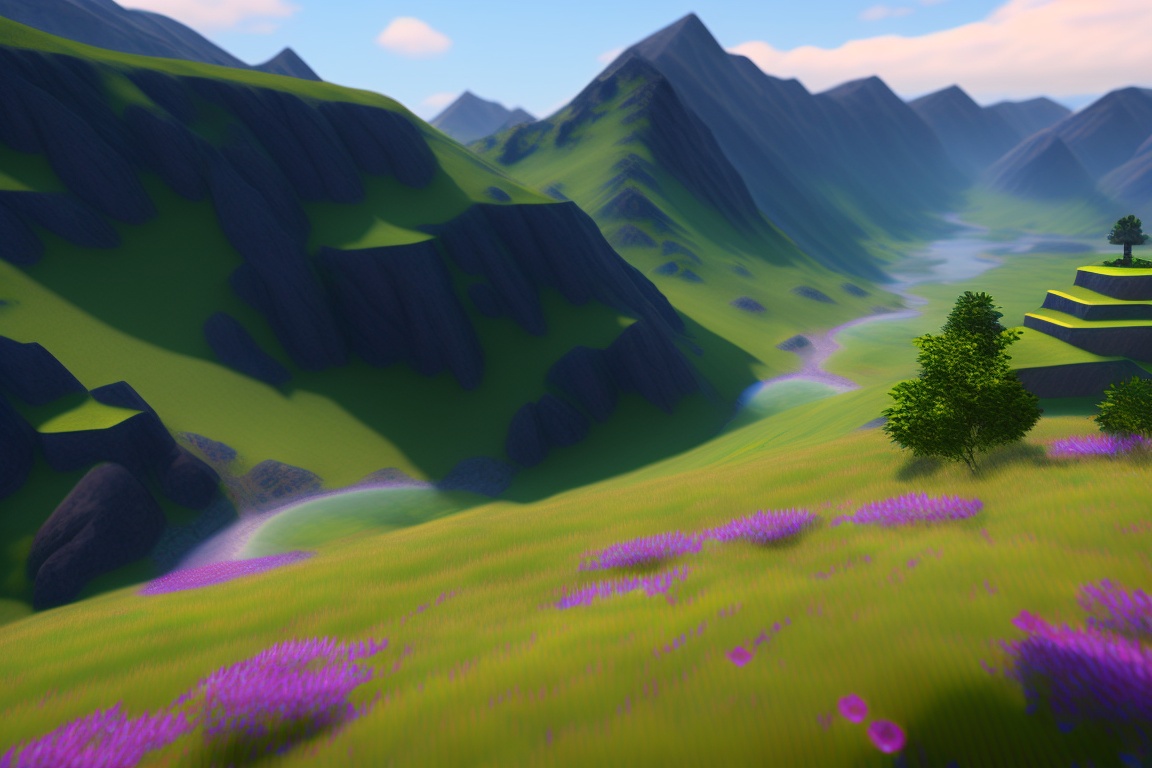Introduction to Game Design Documents
Game design documents are an essential tool in the game development process, especially for small indie studios. This section provides an overview of what a game design document is, its purpose, and its role in the game development process.
Definition and Purpose
A game design document (GDD) is a comprehensive, living document that outlines the design, mechanics, narrative, and other aspects of a game. Its primary purpose is to serve as a blueprint for the development team, ensuring that everyone involved has a clear understanding of the game's vision and goals. A well-structured GDD helps streamline the development process, minimize misunderstandings, and provide a reference point for decision-making throughout the project.
Importance in Game Development
Game design documents are crucial for successful game development, particularly for small indie studios. A GDD helps maintain focus and consistency in the game's design, preventing feature creep and ensuring that all team members are working towards the same vision. For small indie studios with limited resources, having a clear and well-documented plan can save time, money, and effort by reducing the need for extensive revisions and rework. Additionally, a GDD can be a valuable asset when pitching your game to publishers, investors, or collaborators, as it demonstrates professionalism and a well-thought-out plan for the project.
Components of a Game Design Document
In this section, we will discuss the various components that make up a comprehensive game design document, providing a detailed breakdown of each element.
Game Overview
The game overview is a summary of the game's concept, genre, target audience, and unique selling points. This section should provide a clear and concise description of the game's core idea, helping readers understand what sets it apart from other games in the market. It's essential to communicate the game's vision effectively, as it sets the tone for the rest of the document.
Gameplay Mechanics
The gameplay mechanics section describes the core gameplay elements, including player actions, controls, and game systems. This part should detail how the game is played, the objectives players need to achieve, and any challenges they will face. It's crucial to outline the game's mechanics clearly, as they form the foundation of the player's experience and directly impact the game's overall design.
Story and Characters
The story and characters section provides an outline of the game's narrative, setting, and main characters. This part should detail the game's plot, the world in which it takes place, and any significant characters players will encounter. A well-crafted story can enhance the player's immersion and emotional investment in the game, making this section an essential component of the game design document.
Level Design and Worldbuilding
The level design and worldbuilding section discusses the game's level design, environment, and worldbuilding elements. This part should describe the game's various locations, the layout and structure of levels, and any environmental storytelling elements. Effective level design and worldbuilding can create a rich, immersive experience for players, making this an important aspect of the game design document.
Art and Sound
The art and sound section provides an overview of the game's art style, visual assets, and sound design. This part should detail the game's visual aesthetics, including character and environment designs, as well as the game's soundtrack and sound effects. The art and sound components of a game are crucial for creating an engaging and immersive experience, making this section a vital part of the game design document.
Technical Requirements
The technical requirements section lists the game's technical specifications, including platform, engine, and hardware requirements. This part should outline the game's target platforms, the game engine being used, and any specific hardware requirements or limitations. Clearly defining the technical requirements is essential for ensuring the game's development stays on track and within the project's scope.
Project Timeline and Milestones
The project timeline and milestones section outlines the development milestones and estimated completion dates. This part should provide a clear schedule for the project, detailing each phase of development and the goals to be achieved during each stage. A well-defined project timeline helps keep the development team on track and ensures that the project stays within budget and on schedule.
Creating a Game Design Document
In this section, we will explore the process of creating a game design document, including tips and best practices for indie game studios.
Getting Started
Creating a game design document begins with gathering ideas and organizing thoughts. Start by brainstorming the core concepts of your game, such as its genre, target audience, and unique selling points. Consider the gameplay mechanics, story, characters, level design, and art style. It's essential to have a clear vision of your game before diving into the details of the document. Once you have a solid understanding of your game's core elements, you can start outlining the document's structure, which will help guide you through the development process.
Best Practices
When creating a game design document, it's crucial to follow certain best practices to ensure a smooth development process. First, maintain clarity and consistency throughout the document. This means using clear language, avoiding jargon, and ensuring that all sections are coherent and well-organized. Second, collaborate with your team members and seek their input. This will help ensure that all team members are on the same page and can contribute their expertise to the document. Third, keep the document up-to-date as the project evolves. This will help prevent misunderstandings and ensure that the document remains a useful reference throughout the development process. Finally, don't be afraid to revise and iterate on the document as needed. Game development is an iterative process, and your game design document should reflect that.
Tools and Templates
There are several tools and templates available that can help streamline the process of creating a game design document. These resources can provide a solid starting point and help ensure that your document covers all the necessary components. Some popular tools include Google Docs, Microsoft Word, and Trello, which offer collaboration features and can be easily shared among team members. Additionally, there are numerous game design document templates available online, such as those found on Gamasutra and other game development websites. These templates can serve as a helpful guide and can be customized to fit the needs of your specific project.
Benefits of a Game Design Document
In this section, we will discuss the various benefits a game design document offers to indie game studios, including improved communication, efficient development, easier problem solving, and attracting funding and partnerships.
Improved Communication
A game design document can greatly facilitate better communication among team members. By having a centralized reference, everyone on the team can easily understand the game's vision, mechanics, and requirements. This helps to ensure that everyone is on the same page and working towards the same goals. It also minimizes misunderstandings and miscommunications, which can lead to costly delays and revisions.
Efficient Development
A well-crafted game design document can help streamline the development process and minimize wasted time and resources. By outlining the game's core mechanics, systems, and assets, the team can work more efficiently, as they know exactly what needs to be done and when. This also helps to prevent feature creep, as the team can refer back to the document to ensure that they are staying true to the original vision and not getting sidetracked by unnecessary additions.
Easier Problem Solving
A game design document can help identify and address potential issues before they become major problems. By outlining the game's mechanics, systems, and assets in detail, the team can spot potential conflicts or design flaws early in the development process. This allows the team to address these issues proactively, rather than having to backtrack and fix them later on, which can be time-consuming and costly.
Attracting Funding and Partnerships
A well-crafted game design document can help attract funding and partnerships for indie game studios. By presenting a clear, detailed, and professional document, potential investors and partners can easily understand the game's vision, mechanics, and market potential. This can make it easier for indie studios to secure the funding and support they need to bring their game to life.




